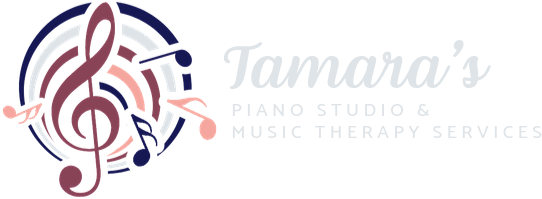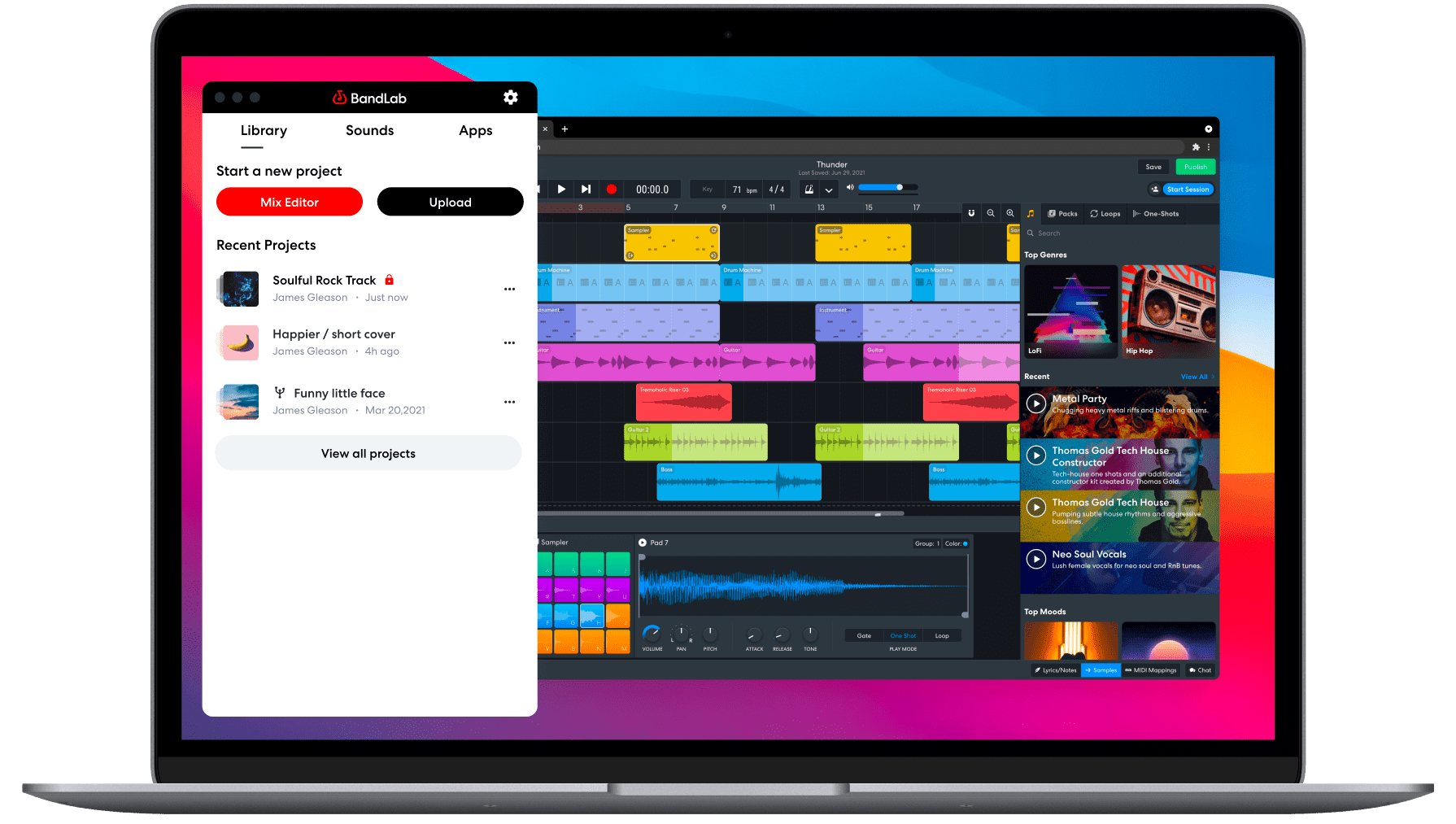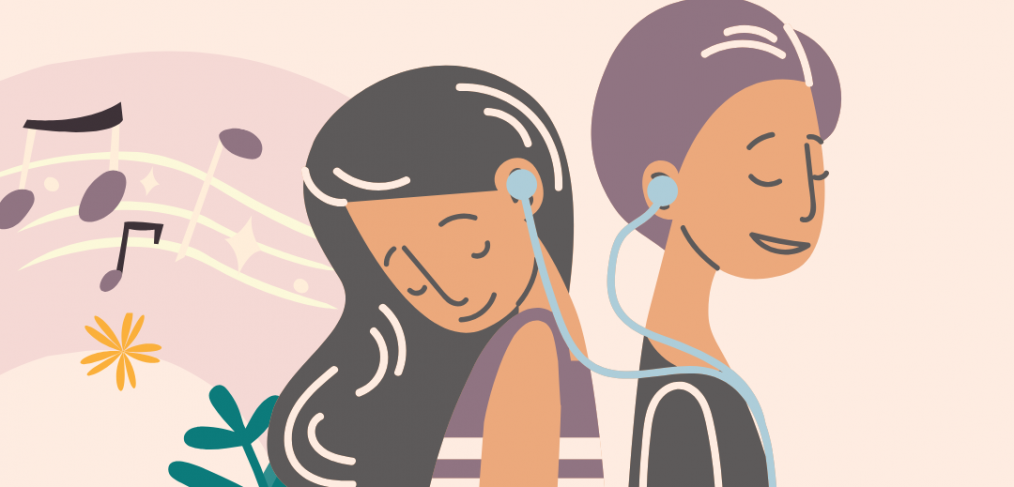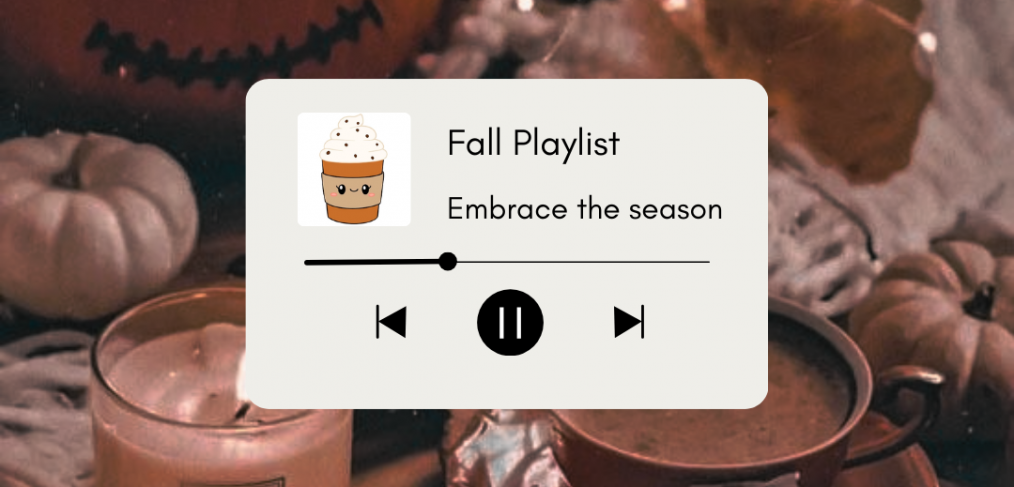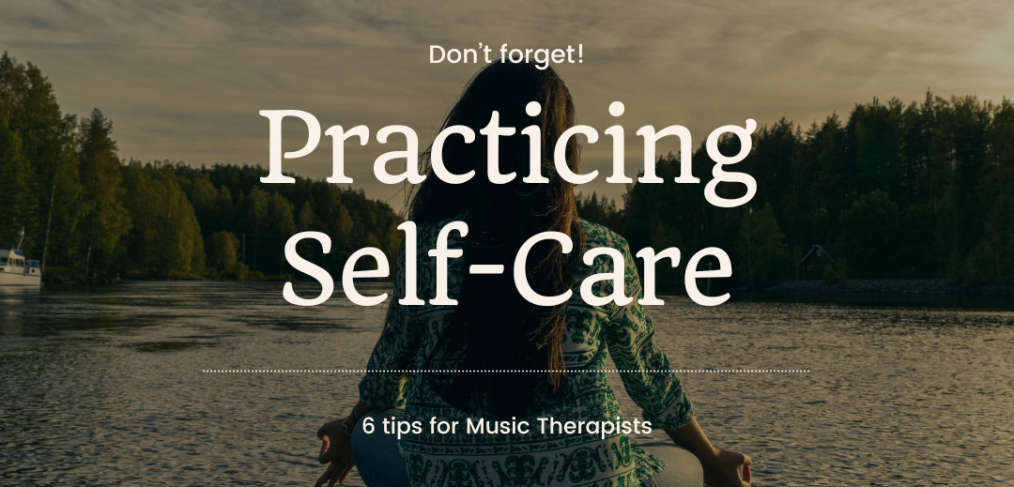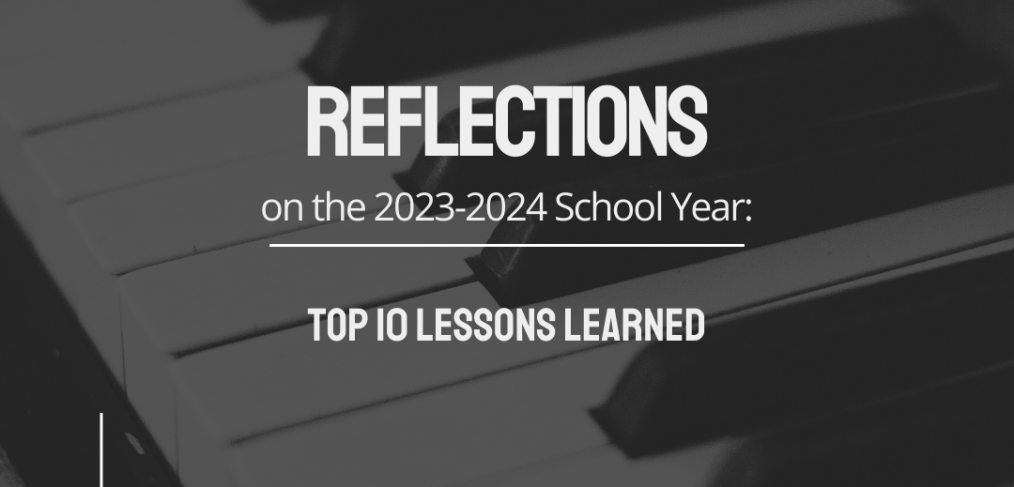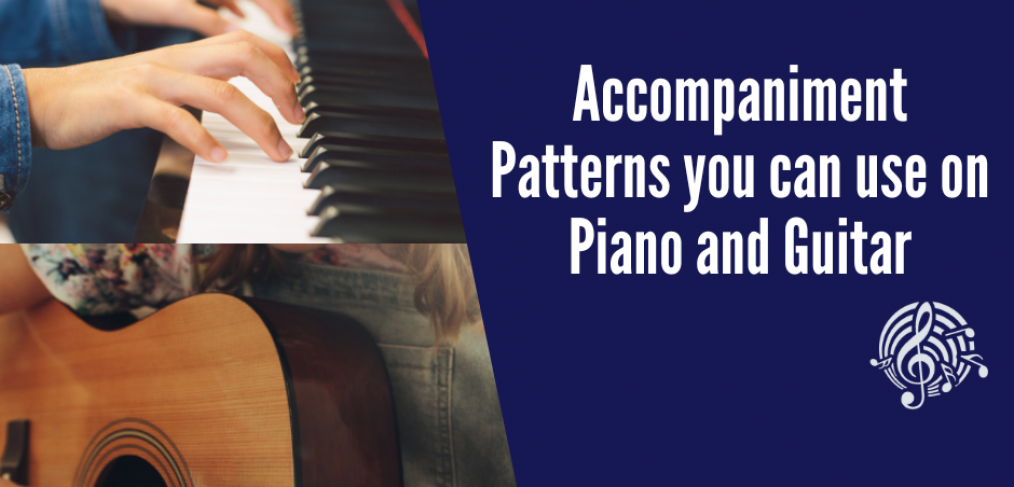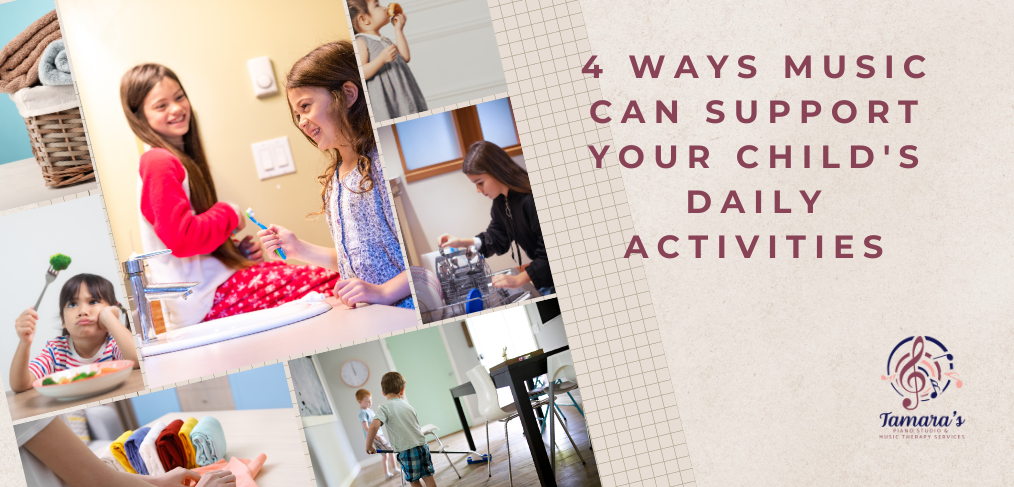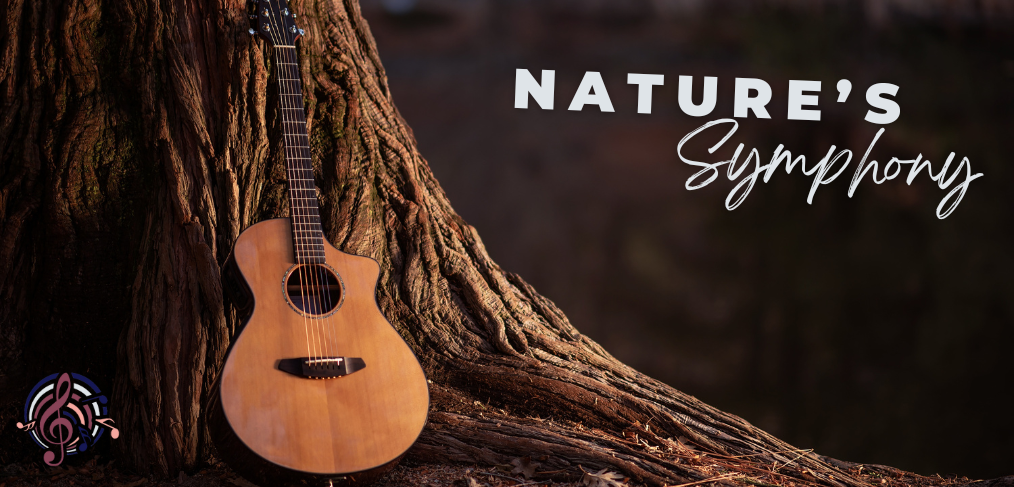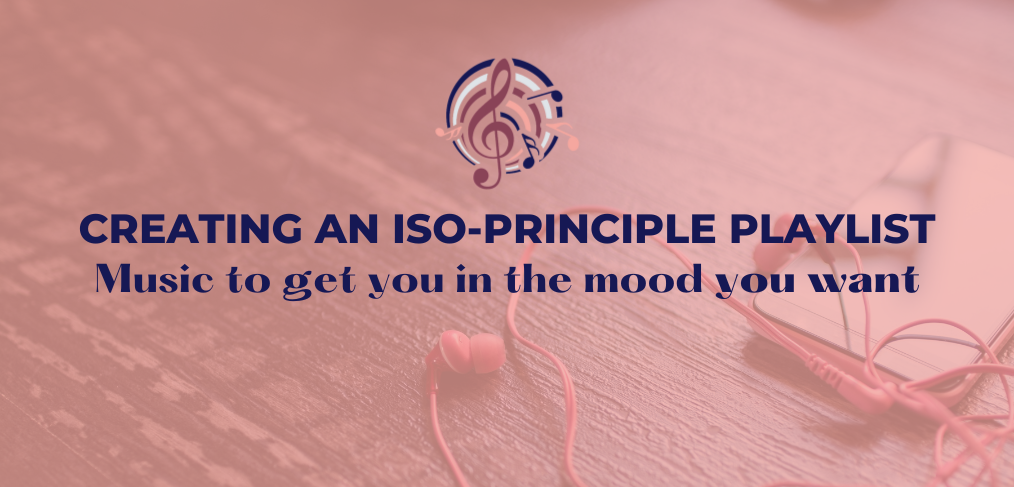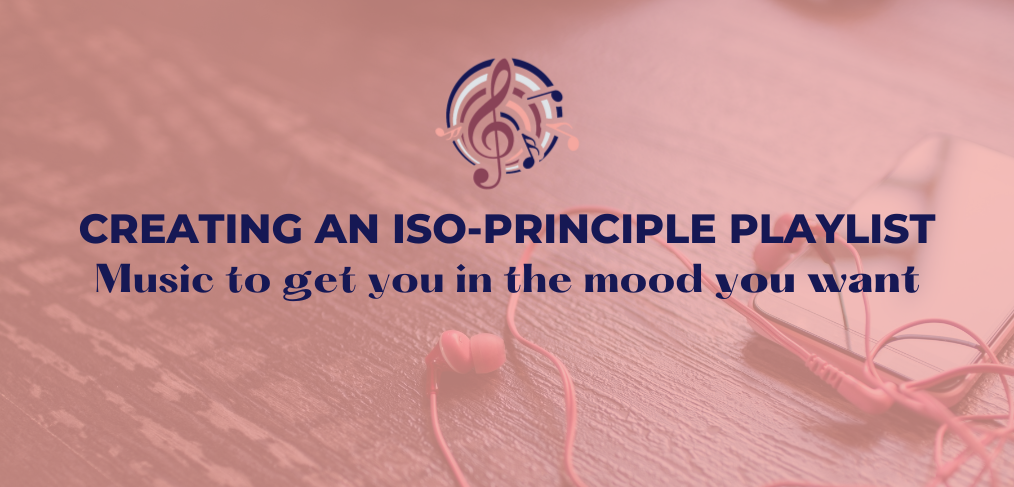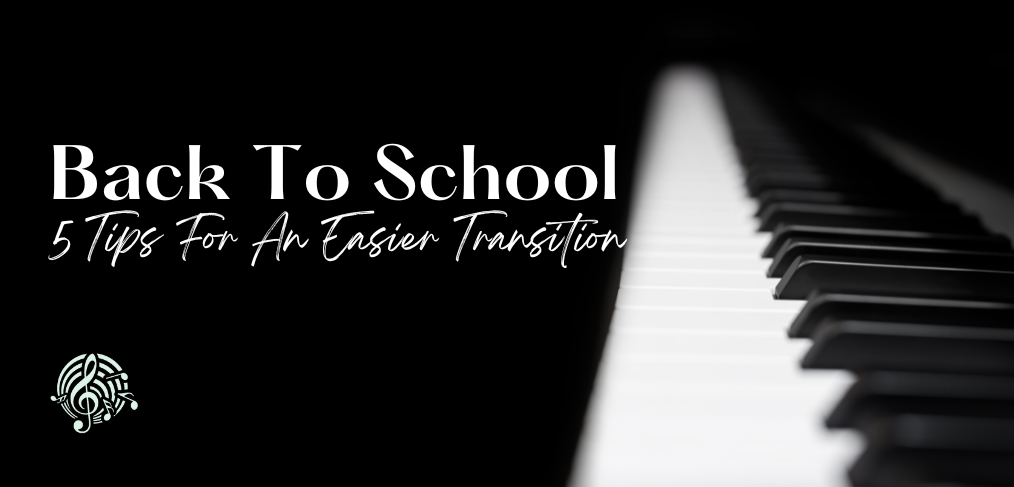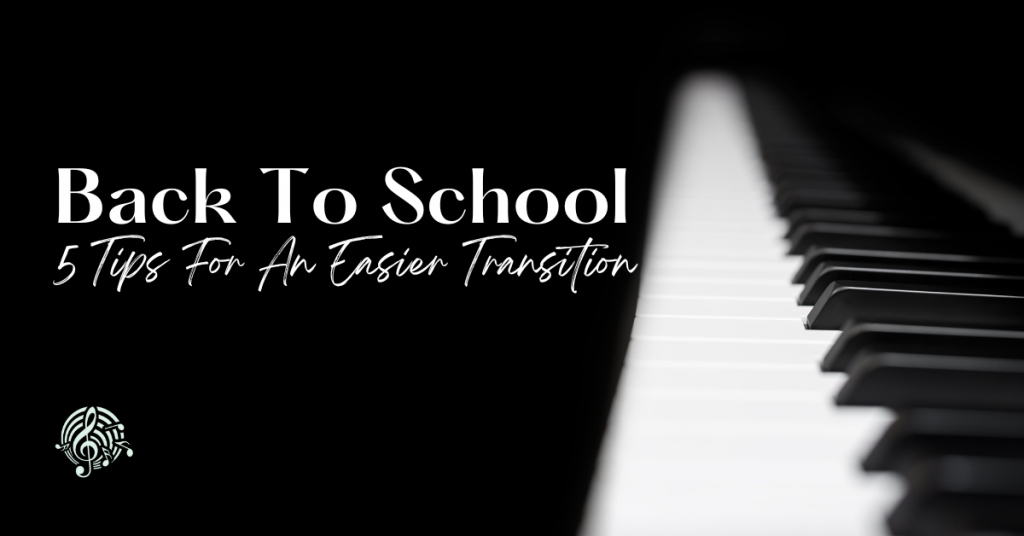With the rise in use of technology, here are some apps that I use in conjunction with my music therapy practice to interactively engage clients on a journey towards their goals! These apps can also be used to maintain and positively reinforce current goals outside of music therapy sessions.
1. Piano Tiles
This interactive music game enhances both executive functioning and gross motor skills as you tap away on the passing keys on the screen. By improving focus, memory, processing speed, and decision-making, Piano Tiles strengthens key cognitive abilities. Moreover, the game promotes hand-eye coordination, increase in reaction time, and finger dexterity, supporting the development of motor skills. Whether you’re looking to sharpen your mind or improve your physical responses, Piano Tiles offers an enjoyable and effective way to enhance both mental and physical skills.
The Piano Tiles app is free to download and play, however, in-app purchases enhance your experience and goal-setting progress with a variety of song options and more!
2. Soundsory
Through sound-based stimulation, auditory and sensory processing techniques, Soundsory improves focus, flexibility, adaptability, and problem-solving. Accessible to a wide variety of clients, its rhythmic sound exercises help improve coordination, balance, and posture, supporting the development of motor planning. Offering a variety of calming soundscapes, Soundsory creates a space for emotional regulation and stress reduction.
The Soundsory app is free to download on both iOS and Android devices. In-app purchases allow you to access the full range of Soundsory exercises that require purchasing the Soundsory Headphones for an elevated and unique experience.
3. Magic Piano
By enhancing attention, memory retention, sequencing, and planning, MagicPiano helps strengthen executive functioning. Simultaneously, its interactive gameplay improves finger strength and control through precision, strengthening fine motor skills. MagicPiano offers an enjoyable and effective way to enhance both mind and body.
Magic Piano by Smule is free to download and play, however, you’re welcome to unlock your unlimited learning and growth with a paid subscription for a smoother, uninterrupted musical experience.
4. BandLab
BandLab is more than just a music production tool – it’s a dynamic platform that nurtures both cognitive and motor skill development. By helping users improve working and short-term memory, organization skills, and creativity, BandLab strengthens executive functioning. Accessible and user-friendly, BandLab can be used as a tool for self-expression and rhythmic entrainment.
BandLab is completely free to use! Unlike many other music production apps, BandLab offers full access to its DAW (Digital Audio Workstation), recording, editing, and collaboration features without requiring any paid subscription. There are no hidden costs for core features, making it a great option for musicians, producers, and hobbyists.
Piano Maestro is an accessible and interactive piano-learning app designed for beginners, students, and educators. It gamifies learning by guiding users through sheet music with real-time feedback, interactive challenges, and engaging exercises for users to set and achieve. Working on cognitive goals like flexibility, attention span and working memory, the app engages users in following notes in real time and remembering note sequences and shifting hand positions. Strengthening hand-eye coordination and fine motor skills, the app promotes overall improvement in fine and gross motor skills.
Although the full version of the app is paid, current TPSMTS students/clients are able to use the app for free!
6. GarageBand
This free digital audio workstation (DAW) for Apple devices allows users to create, record, edit, and produce music using virtual instruments and live recordings. Using GarageBand gives users the ability to maintain and enhance cognitive skills, improve motor coordination, and support overall brain development. Working on skills such as decision-making, memory, rhythm and tempo training has never been more fun and interactive!
7. Just Dance
Just Dance, the popular dance video game, isn’t just about fun and entertainment – it also works proprioception and spatial orientation by engaging players in interactive, full-body movements. Planning and strategy are key aspects of this music game app as it focuses on goals like task-switching. Just Dance app aims to enhance endurance and agility through repeated movements, engaging different muscle groups, improving overall stability and body coordination. The app is strengthened with a focus on social goals such as teamwork, collaboration, and imitation, allowing for users to enhance their social interaction skills.
The version of Just Dance, Just Dance Now (Mobile & PC) is free to download. A paid subscription brings you improved features and a wider option of songs to choose and grow with.
